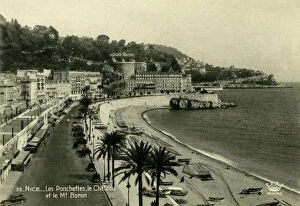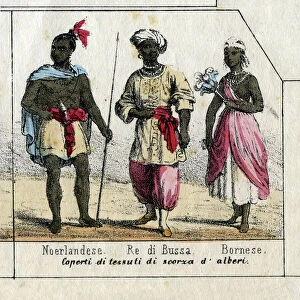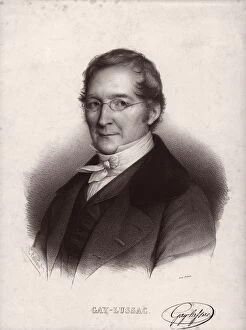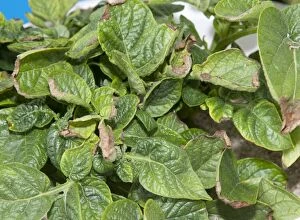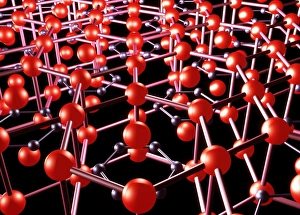"Boron: A Fascinating Element Unveiling its Wonders from Nice to the United States Air Force" Discovering boron's captivating essence takes us on a journey that spans across continents and centuries. Nestled in the enchanting city of Nice, France, lies Les Ponchettes, where one can bask in the warm embrace of the Mediterranean Sea while admiring the stunning views of le Chateau and Mont Boron. As we delve deeper into boron's story, we encounter remarkable individuals like Joseph Louis Gay-Lussac, a French physicist and chemist who left an indelible mark on this element. Intriguingly versatile, boron found its way even into the skies with the North American F-100C Super Sabre used by the United States Air Force. But beyond military prowess lies another side to this element – its role in nature's intricate tapestry. From atop Mont Boron, one witnesses a general panoramic view that showcases both beauty and scientific significance. Joseph Gay-Lussac's contributions continue to resonate as his atomic model sheds light on boron's unique properties. This French chemist paved the way for our understanding of this enigmatic element. The 19th-century large voltaic pile stands testament to how science has evolved over time. Nature too reveals its secrets through plants like potato (Solanum tuberosum) and oilseed rape (Brassica napus), which exhibit close-up leaves affected by boron deficiency. These visual cues remind us of how essential this element is for life itself. As we reflect upon these discoveries, it becomes clear that Joseph Gay-Lussac was not only a chemist but also an explorer unearthing hidden treasures within elements like boron. Just as a cut diamond sparkles with mesmerizing color refractions, so does our understanding of this extraordinary element deepen with each revelation.

